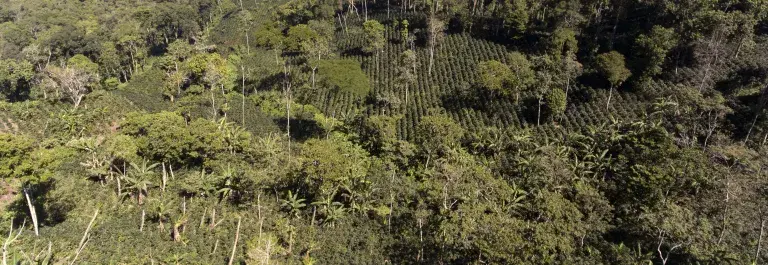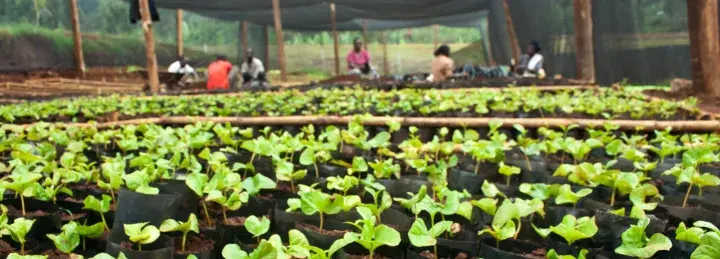Geospatial data has become part of our everyday lives. We increasingly depend on apps and programs that use map-based information to provide useful insights. In the world of sustainability standards, there’s huge potential to use mapping tools – and ISEAL members have recently come together to take forward the development of a certification atlas.
Essentially, the atlas would provide an interactive map showing the locations of all the farms, forests, fisheries and other production units certified under ISEAL member schemes. On this, it’s then possible to overlay a vast array of data, both from certification schemes themselves and from other sources.
The first phase of the project resulted in a mock-up dashboard that allows users to view information on the global scope, reach and performance of six ISEAL members – Better Cotton Initiative, Bonsucro, Fairtrade International, Marine Stewardship Council, and Rainforest Alliance/UTZ certified.
Bringing information together across commodities and geographies in an easily accessible and understandable format can help us to perceive patterns and trends, address common challenges, and improve collaboration and planning among a variety of stakeholders. It can show, for example, where deforestation is occurring or being avoided within supply chains, the collective impacts of certified producers within a particular watershed, or how areas of high conservation value can be linked together across a landscape.
Having a geospatial picture of how different certification schemes are situated and how they interact is particularly valuable in strengthening land-use planning and policies to address issues such as deforestation and habitat loss, water risk and social needs. This can support jurisdictional and landscape approaches, which are becoming an increasingly important tool for promoting sustainable practices at scale.
Overall, the certification atlas offers opportunities to a wide variety of users:
- Auditors can use it to improve the efficiency, accuracy and transparency of the assurance process
- Sourcing companies and investors can use it to monitor risks and engage with producers within their supply chain or portfolio
- Producers can compare their performance with their neighbours, or with those in similar climatic zones on the other side of the world
- Sustainability standards can use it to communicate their impact and drive improvements
- Consumers can see exactly where their certified products come from and see the difference their purchasing choices are making.
These are just some of the possibilities emerging – and with the rapid development and spread of digital technology, the opportunities continue to expand.
Visit the ISEAL innovations hub to learn more about the certification atlas and other the tools and approaches developed by ISEAL members.



